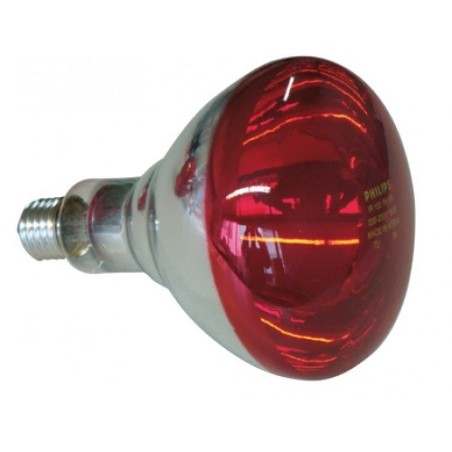Colibacillosis, or scours caused by infection from E. coli, is one of the more common nursery diarrheal conditions we deal with as practitioners. I make my diagnosis of E. coli scours by ruling out all other causative agents of early nursery scours, including TGE, PEDv, PDCoV, Rotavirus, and Salmonellosis, along with a positive E. coli culture of piglet rectal swabs. I do not base my diagnosis of E. coli on environmental samples.

Presentation
The most common presentation of coliform scours that I see in practice are early nursery pigs (3-5 weeks of age) that present with a moderate, loose, watery scours. Normally, this scours appears light brown and very loose in consistency. Rarely do I see mucous or bloody scours with E. coli. A lot of the time these pigs act normal, but do lose weight with the scours. Commonly these pigs respond very well to antibiotic treatments in the water or in the feed, and mortality is quite low, with the weak or poor-doing pigs most affected.
On rare occasions, I see the presentation of Edema Disease, or neurologic pigs. These are again early stage wean pigs (about 1-2 weeks post-wean), that present with peracute neurologic signs and elevated mortality. Unlike coliform scours, the pigs most affected with edema disease are commonly the healthier, bigger pigs.
We’ll focus on coliform scours here, as it’s the most common manifestation of E. coli that I deal with in practice in the Eastern Cornbelt of the United States
Diagnostic approach
When approaching a case of suspected coliform scours, I make sure to observe the environment first, measuring temperature and humidity. A lot of scours can be prevented with proper adjustment of temperature and ventilation. If I see a loose, watery, light brown scour in grossly normal pigs, I suspect E. coli as the causative agent. I collect diagnostic samples, which always include fecal swabs from affected pigs. Commonly, I will collect small and large intestine from acutely affected animals to strengthen my diagnosis. I prefer piglet rectal swabs, as environmental swabs can be contaminated and difficult to interpret. I always run the gamut of diarrheal diseases, including PEDv, TGE, and Rotavirus PCR, as well as culture for Salmonella and E. coli. I make a diagnosis of E. coli by ruling out the other aforementioned diarrheal organisms, culturing E. coli, and concurrent histologic lesions.
Treatment and control
My approach to treatment and prevention of E. coli comes in two forms: the pig and the environment. Pig approaches include sow vaccination and preventative judicious antibiotic use, while the environmental approach can be summed up in two words: clean and dry.
The pig
The first line of defense is maternal antibody. I recommend a vaccine 3 weeks pre-farrow that includes an E. coli strain. This gives the sows time to produce antibodies in the colostrum for the pigs. If I know that the pigs struggle in the nursery with E. coli, I consider an antibiotic shot at weaning using a broad-spectrum antibiotic that covers E. coli, along with an antibiotic in the first pellet or grind-and-mix diet at the nursery. I base my treatment choices from prior group diagnostic evaluations and antibiotic susceptibility testing. Electrolytes in the water immediately upon placement also help these pigs.

I also use oral E. coli vaccination in pre- and post-weaned pigs. In my experience, these have been moderately effective in the reduction of clinical signs of coliform scours. Using these vaccines in combination with proper sanitation of nurseries as well as follow-up individual pig treatments for further clinical signs seems to work well for me. Remember, vaccines are never 100% effective, but the use of these oral E. coli vaccines show promise in the reduction of coliform scours.
The environment
Even more important to E. coli prevention is the environment. The pigs must be born into a clean and dry farrowing crate. The pigs are colonized with pathologic strains of E. coli from unclean and unsanitary crates early after birth. The farrowing rooms must be kept warm and dry and have micro-environments in the crates for the pigs using heat mats or lamps.
Nursery rooms must also be cleaned, sanitized, and dried before weaning pigs. These rooms are kept at 85+ºF (30 ºC) as a chilled pig is more susceptible to colibacillosis. Just weaned pigs cannot maintain their body temperature without environmental help. Temperature control plays an even larger role in a wean to finish barn. In these settings, microenvironments with clean mats and brooder heaters are a must to keep pigs warm.
Wrap-Up
Colibacillosis continues to be one of the most common struggles in early nursery pigs. A multitude of factors come into play to manage these pigs. Remember, prevention starts prior to farrowing and lasts through the first few weeks after weaning. There are many approaches that you can take, but for me it comes down to providing a clean, dry environment from birth through the early nursery, and taking the proper steps for prevention with antibiotics and supplements.





